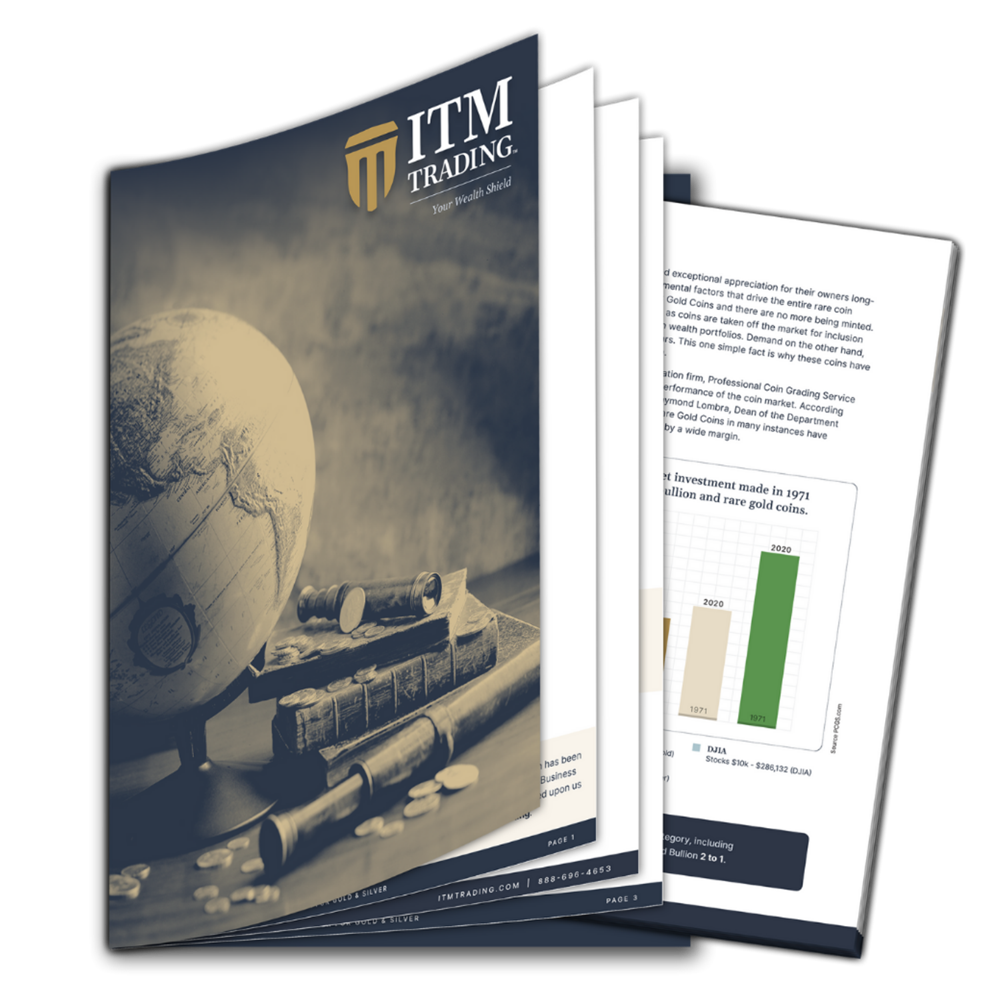Five Historical US Gold Mint Facilities

Five Historical US Gold Mint Facilities
As reported by Coin Update News, during February 2011, the US Gold Mint recorded sales of 92,500 pieces of all available gold options. This comprised of 72,500 pieces of one ounce and 20,000 pieces of one-half ounce, one-quarter ounce and one-tenth ounce versions of American Eagles. Buying gold coins of the all-time favorite one ounce American Gold Buffalo are yet to begin sometime in the forthcoming months of 2011.
Various US Gold Mint Facilities
The US Gold Mint is the country’s prime producer of gold coins. Its origin dates back to the Coinage Act of 1792 and it consists of five primary minting facilities:
- Philadelphia Mint: Every country feels pride in having a unique currency of its own. As the proposal of establishing a national mint was passed in 1792, the first US mint facility was inaugurated in Philadelphia. This was because Philadelphia was the national capital at that time. The Congress took the decision to mint America’s coinage in three metals – gold, silver and copper, with $10, $5, $2.5 and some other small denominations. Today’s five-cent coins can be called the replacement of the half dimes made of silver in those days.
- A newer branch of this mint was established in 1969 and is still regarded as the country’s primary mint facility. It is responsible for the production of master die used for stamping coins and medals. All coinage struck in this mint bears a ‘P’ mint mark.
- San Francisco Mint: With the Californian Gold Rush in 1849, the US Congress found it difficult to strike enough gold coins to meet the demand from just one mint. Moreover, it was also not possible to transport all the gold to Philadelphia for coining as it was unsafe as well as time consuming. So, the then President Millard Fillmore recommended to open a mint branch in California in 1850. The bill was approved in 1852, following which the San Francisco Mint was inaugurated in1854.
- The mint produced more than four million gold coins in the very first year of its establishment. Therefore, in 1874, it moved to a new big facility. The coinage minted here bears an ‘S’ mark.
- Denver Mint: As the Pikes Peak Gold Rush was underway in Colorado in 1858, the US government planned to establish a mint there. So, in 1863, a mint was founded in the city of Denver. Today, the mint manufactures all gold circulating pieces in different denominations, uncirculated coins, commemorative coins and coin dies.
- By 1906, the mint accumulated enough gold and started minting American Double Eagle coins. Other denominations are also manufactured at Denver in small amounts. The Denver ‘D’ mark can be found on most of the issues struck at this mint.
- Carson City Mint: It was built in 1870 in response to the discovery of Nevada’s Comstock Lode. This mint was first initiated for the minting of silver coins, but eventually it began striking coins using gold and silver from the Comstock Lode mining facility. The coinage produced at this mint bears a ‘CC’ mintmark.
- West Point Mint: Established in 1988, this mint is located by the West Point Military Academy in New York. The mint manufactures all sets of the American Eagle Proof and uncirculated coins in gold, silver and platinum. While silver bullions are minted in only one ounce denominations, gold and platinum coins are minted in all denominations, including one ounce, half ounce, quarter ounce and one-tenth ounce. The mintmark ‘W’ did not appear on the coins until 1983. It was first placed on the $10 Los Angeles Olympic Games commemorative gold coins.
Dahlonega (1820), Charlotte (1838) and New Orleans (1838) are the other popular mint facilities in American history. Currently there are six US Mint facilities, located in Washington, DC; West Point, NY; Philadelphia, PA; Denver, CO; Fort Knox, KY and San Francisco, CA.














